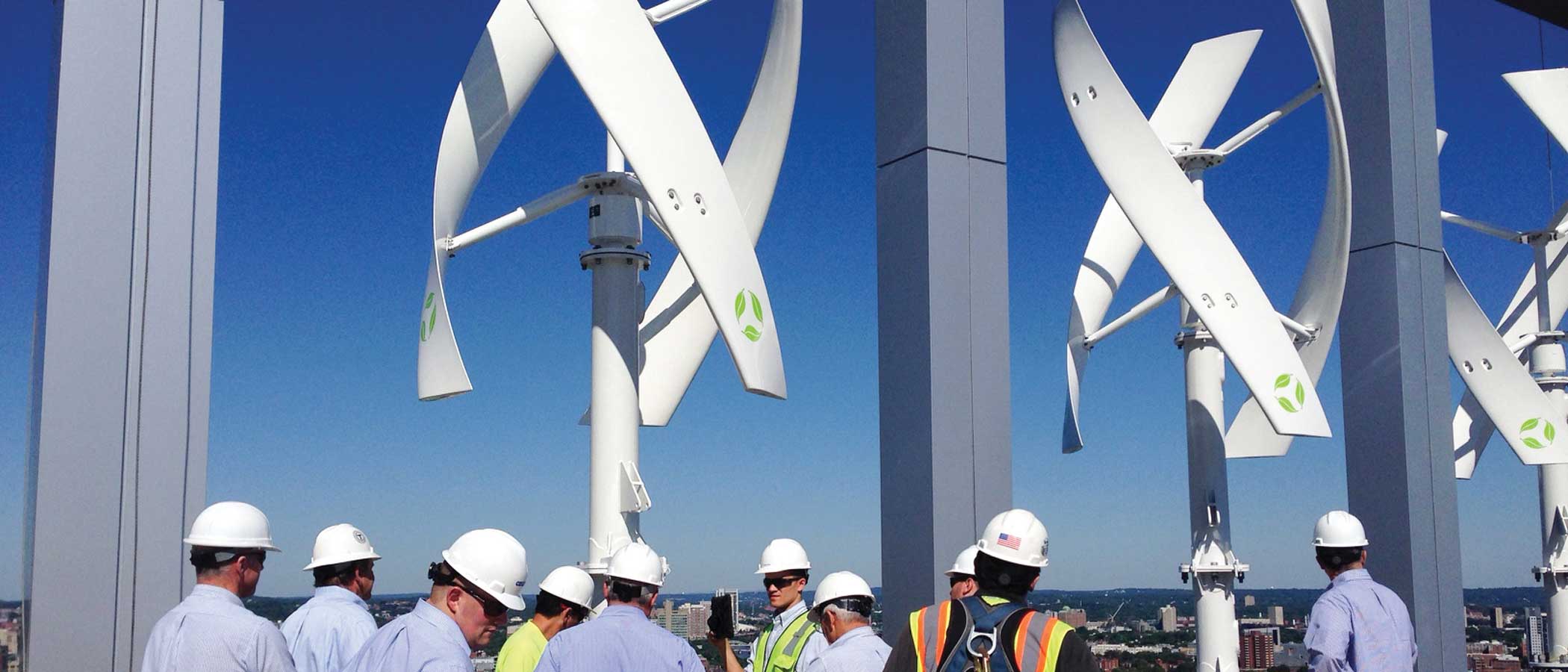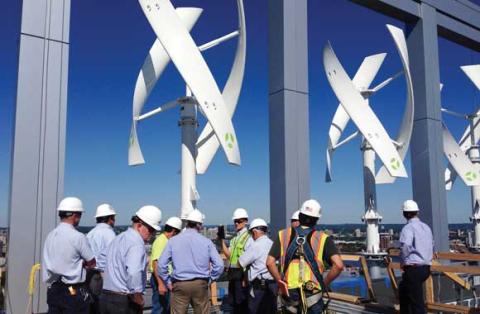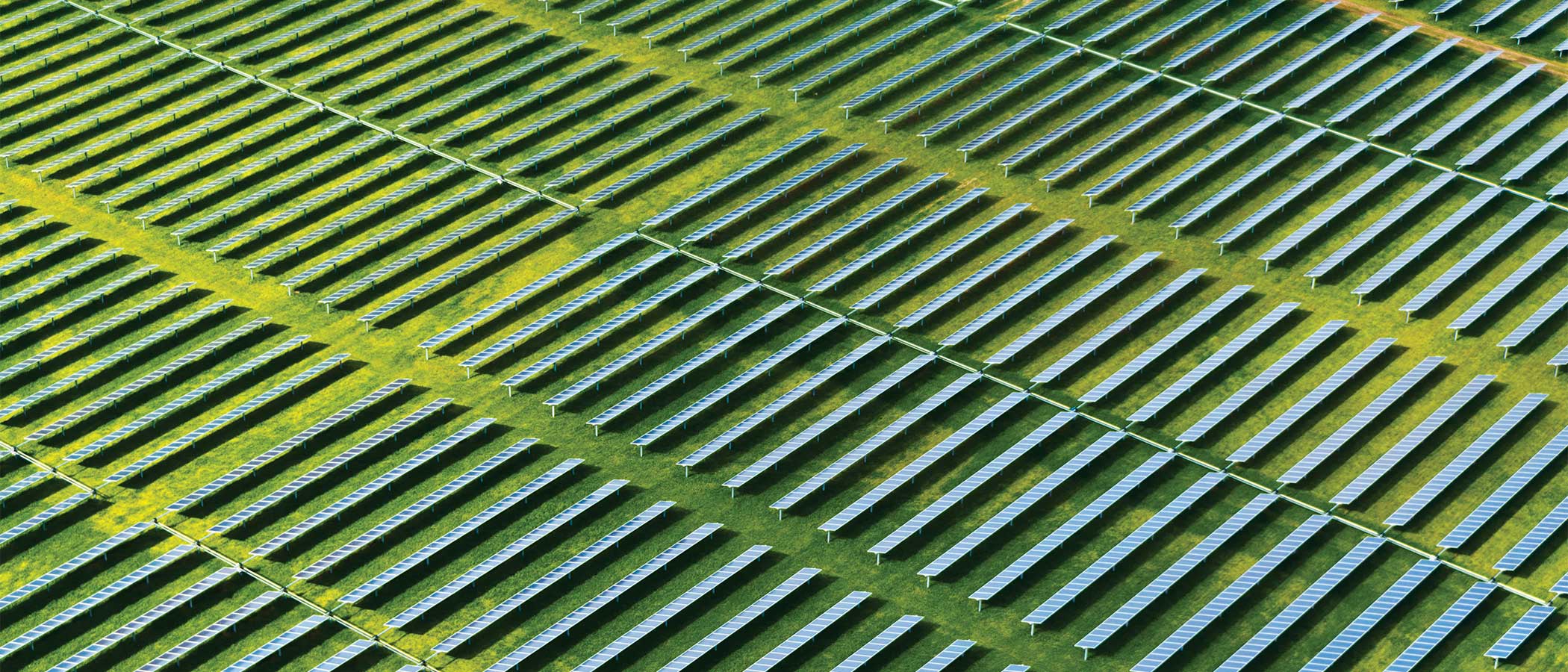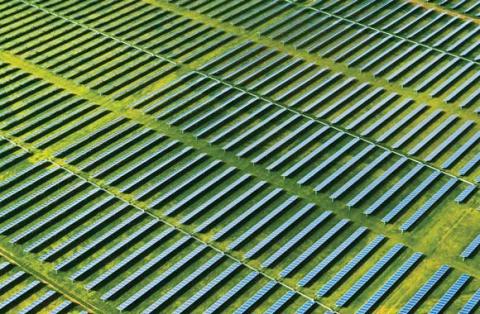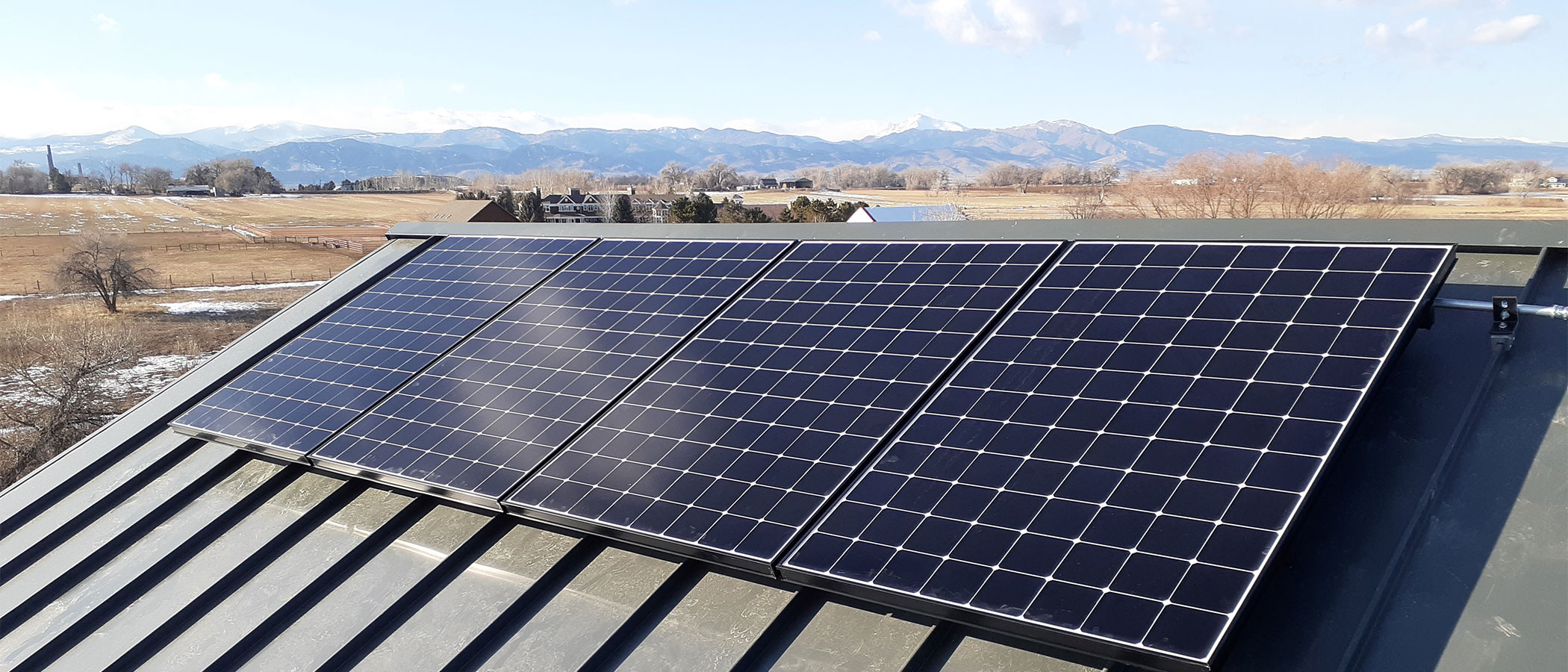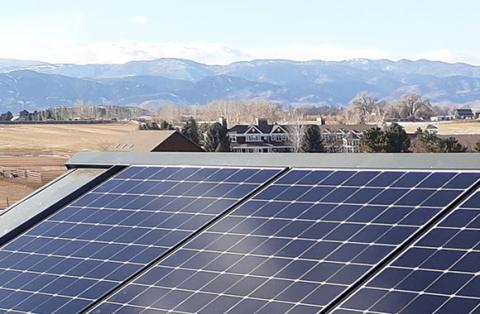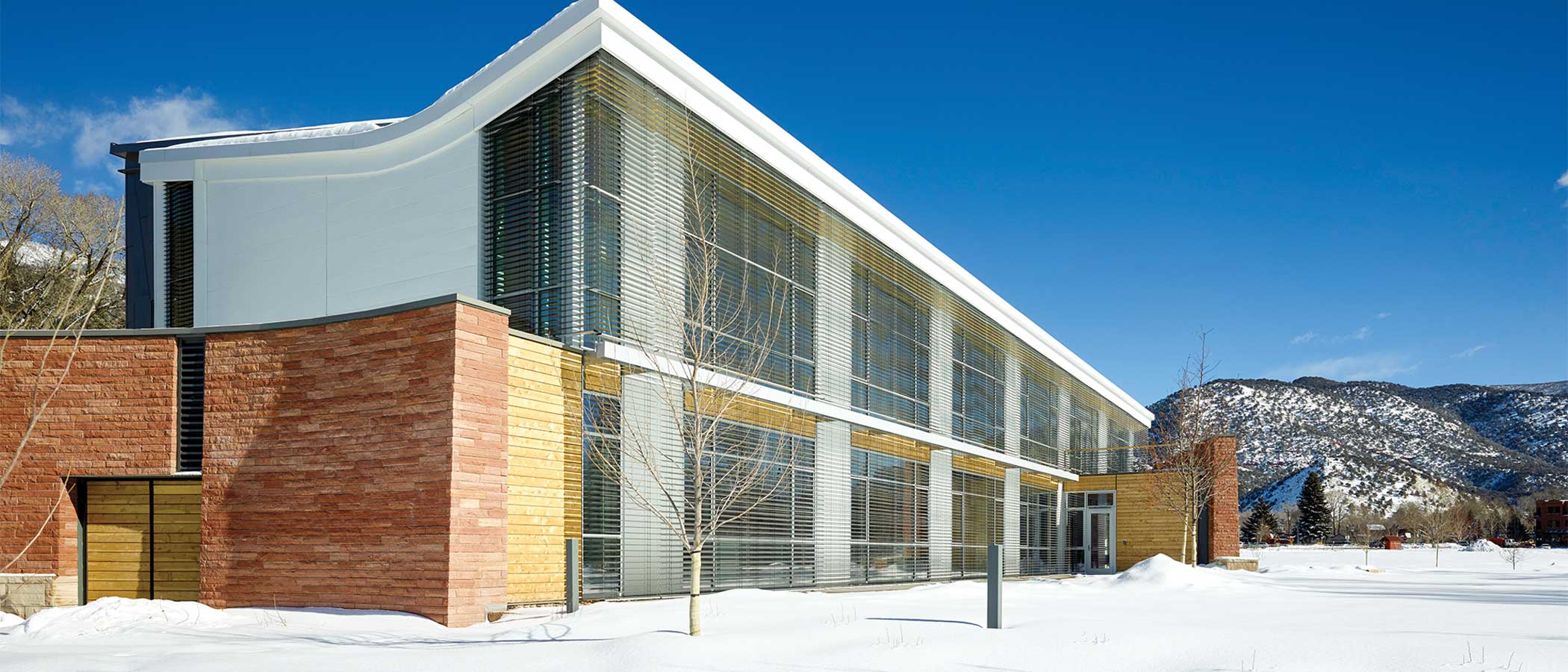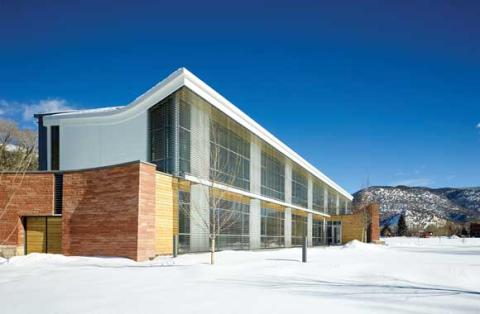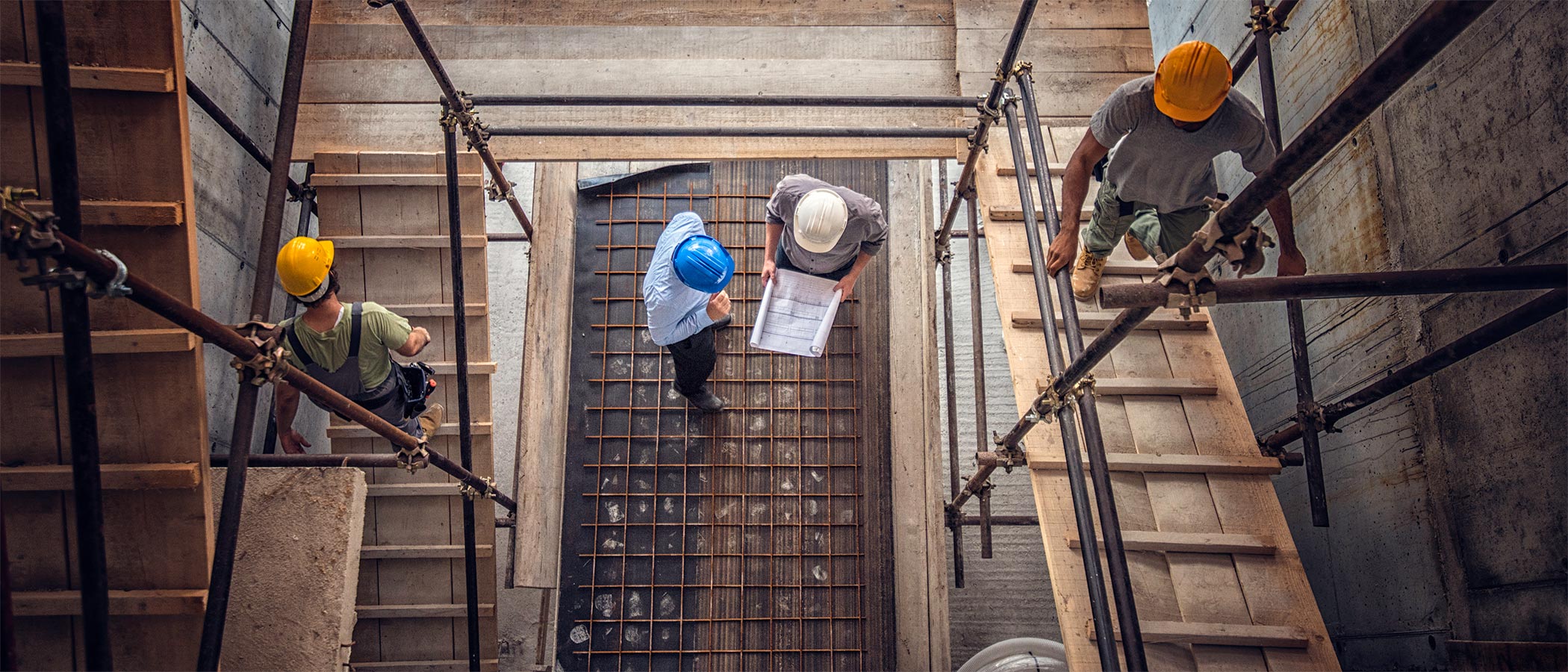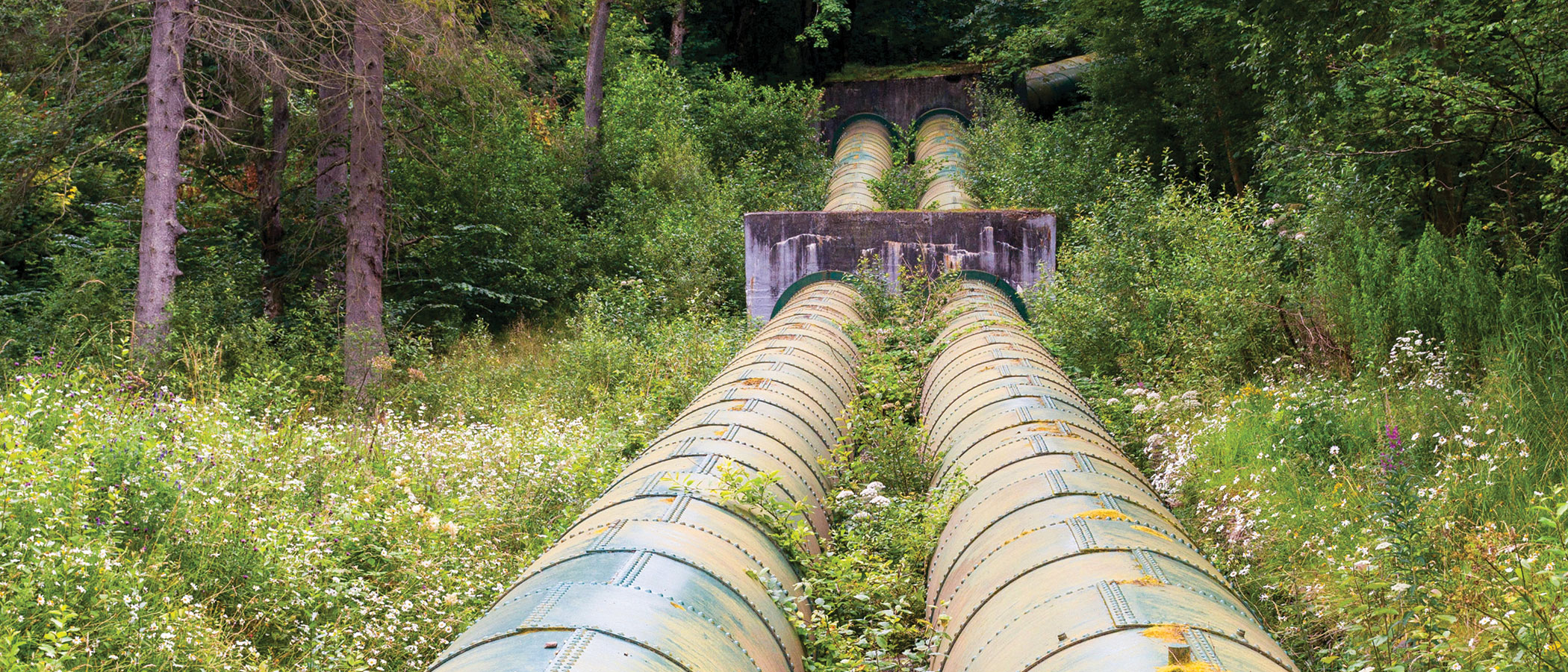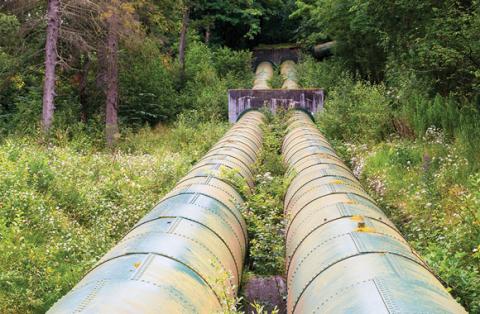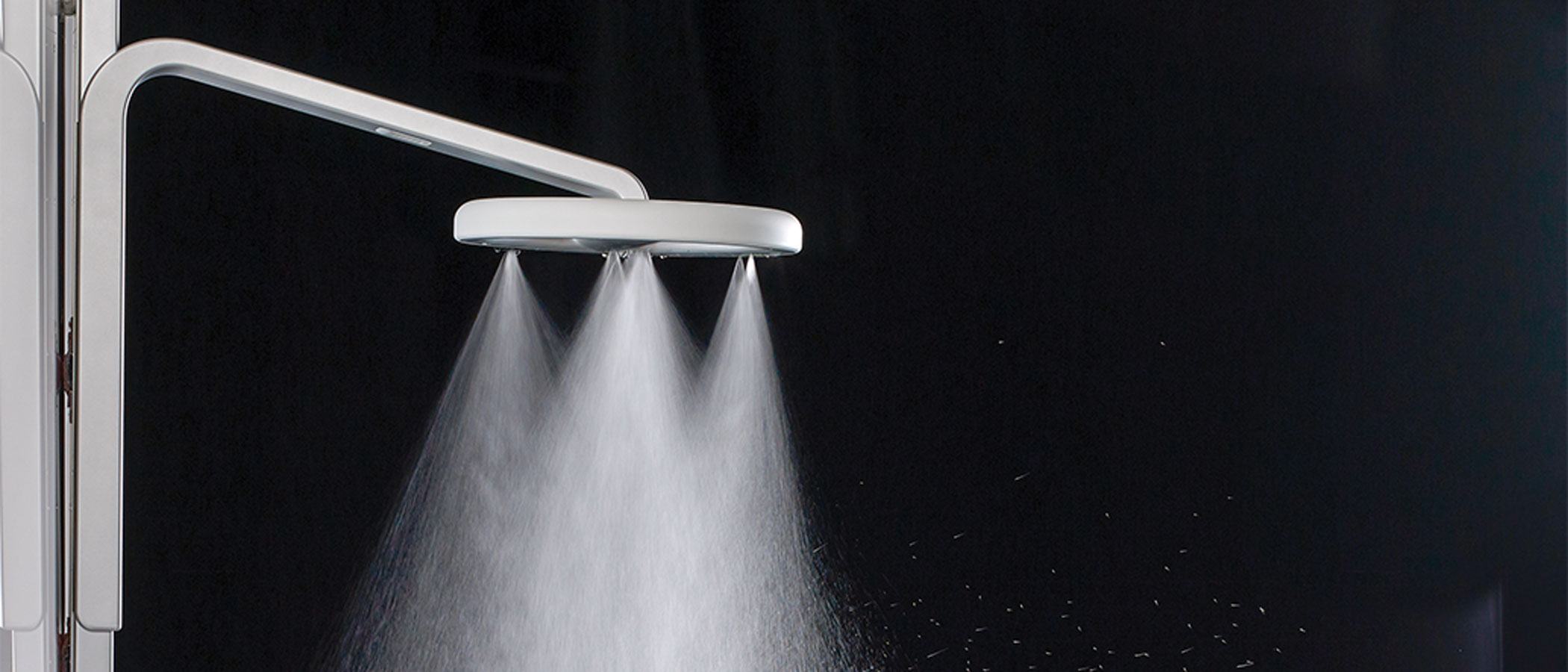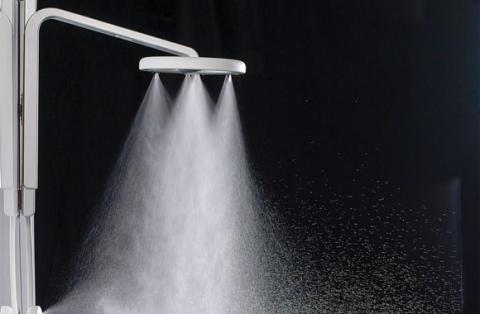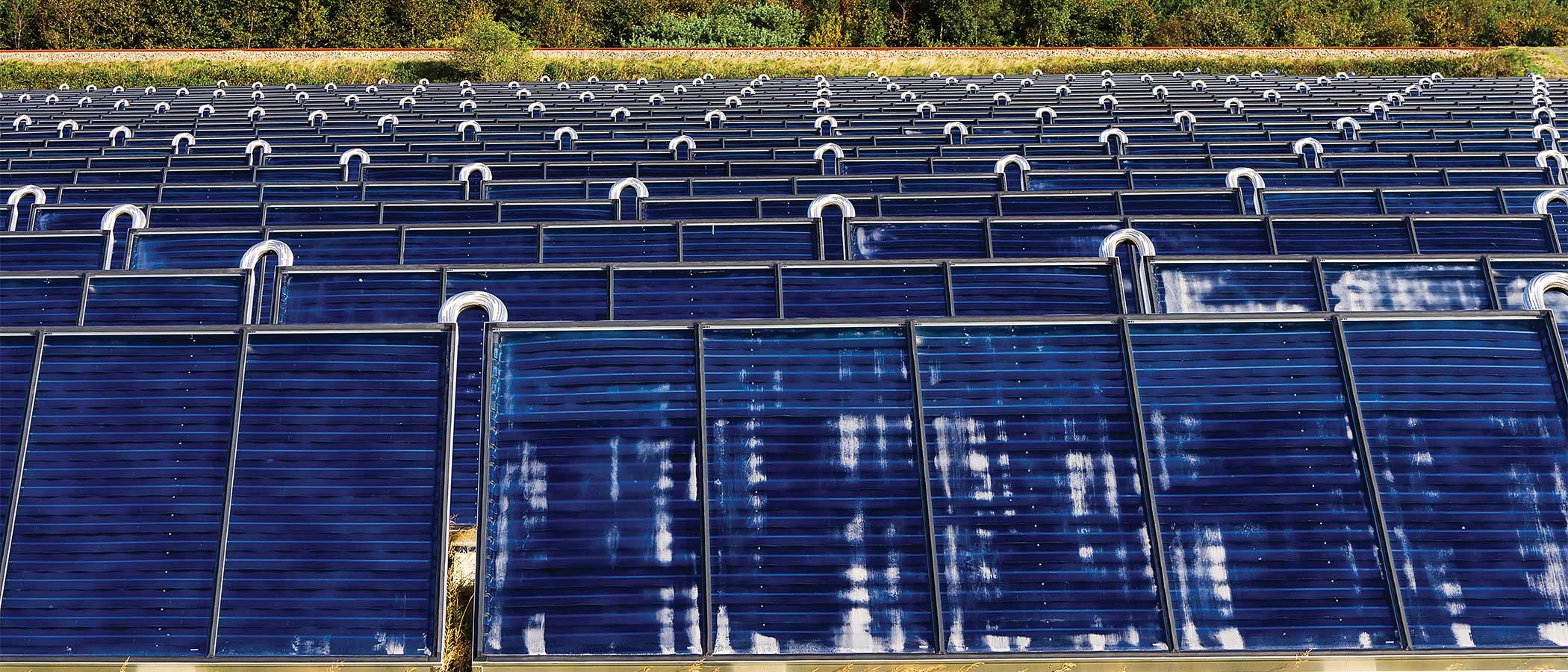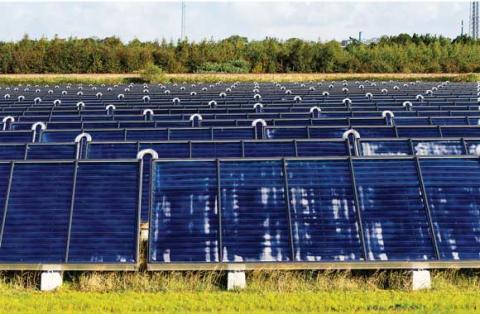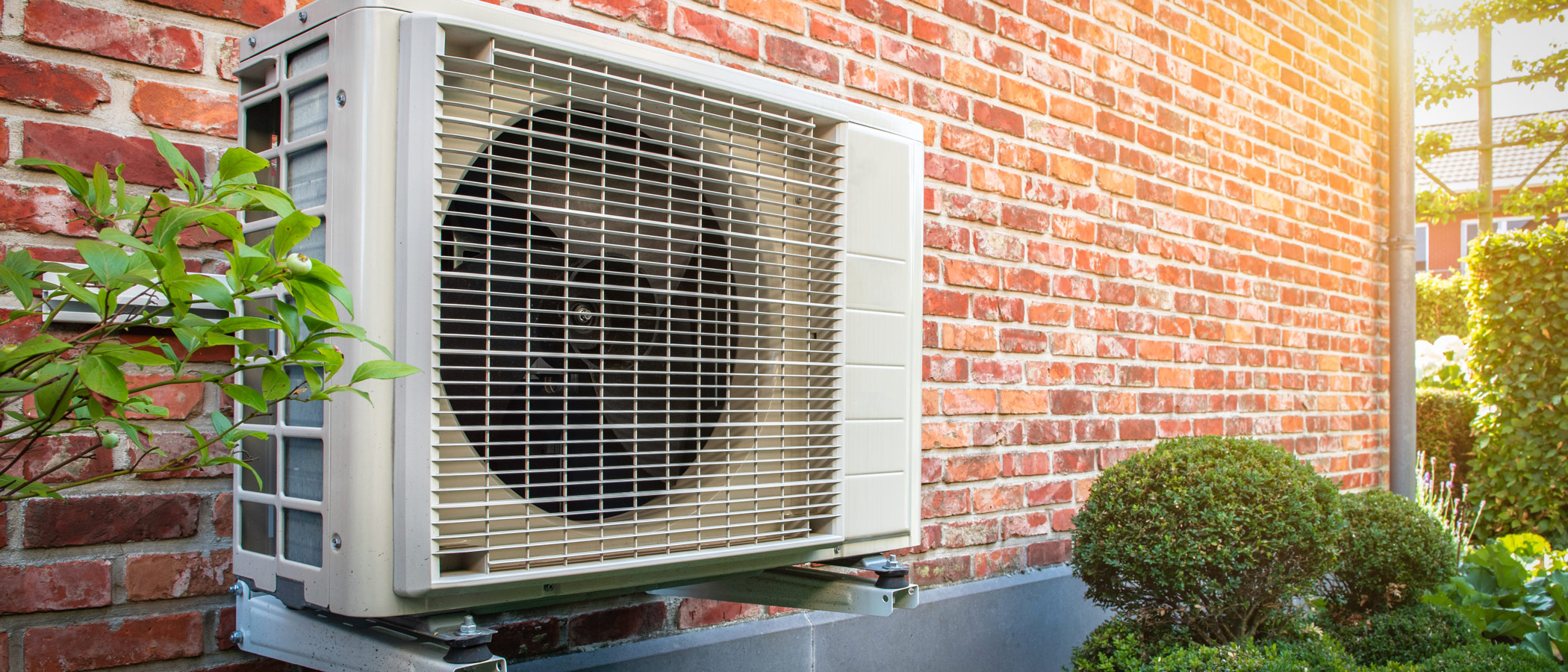Micro Wind Turbines
If you're an educator, pique your students' interest in clean energy by exploring micro wind turbine technologies. Encourage them to imagine ways to make it better—perhaps someday they will!
Bring micro wind turbine technology to the attention of a nonprofit organization or development agency that could help advance its application in appropriate circumstances.
Access to the clean and affordable energy micro wind turbines provide supports education, health care, agriculture, and small businesses.
Deploying this climate solution stimulates local economies and creates employment opportunities. The installation, operation, and maintenance of renewable energy systems require skilled labor, creating jobs and contributing to economic growth.
Shifting to clean and renewable energy sources reduces indoor and outdoor air pollution, which is a significant health concern in many developing countries. By replacing traditional fuels like wood and coal with cleaner alternatives improves air quality, reducing respiratory illnesses and related health issues.
In developing countries, this solution expands access to modern and reliable energy services, enabling communities to meet basic energy needs such as lighting, cooking, heating, and powering essential services like health-care facilities and schools.
